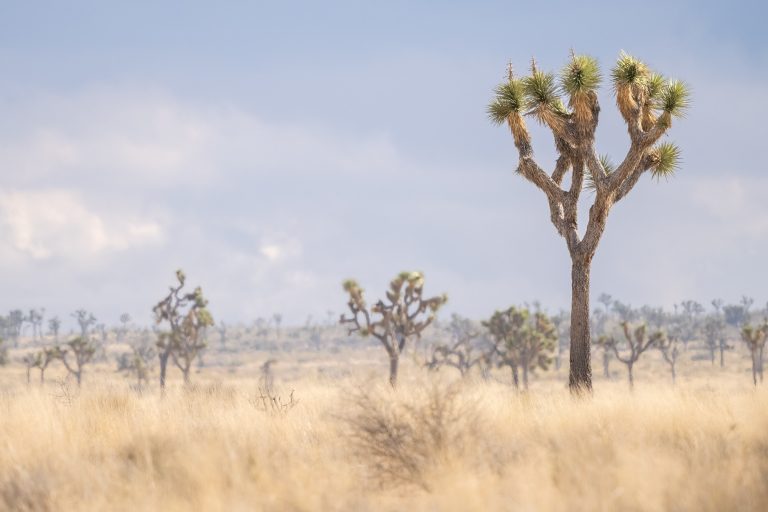
How Restoring the San Diego River Benefits Us All
Have you ever wondered what makes the San Diego River so important? It provides water, supports wildlife, and offers spaces for us to enjoy. Unfortunately,

Have you ever wondered which animal holds the title of the world’s fastest? Or considered how wildlife adapts to thrive in the heart of bustling cities? The peregrine falcon (Falco peregrinus) is the answer to both questions. Known for its remarkable speed and powerful hunting skills, the peregrine falcon has captured imaginations across the globe. Capable of diving at over 240 miles per hour, these raptors have become a symbol of resilience, rebounding from near extinction. But what makes them so unique, and what can we do to help ensure their survival? Let’s explore the fascinating world of the peregrine falcon, discover some surprising facts, and learn how we can protect this awe-inspiring bird of prey.
Peregrine falcons are striking birds, with slate-gray backs, white underparts, and distinctive black “moustache” marks that make them easy to recognize. Built for speed, they have a wingspan of 29 to 47 inches, and their long, pointed wings allow them to reach incredible velocities when diving to capture prey.
Their adaptability is equally impressive. Peregrines are found on every continent except Antarctica, thriving in diverse environments like towering cliffs, expansive mountain ranges, and even urban landscapes. In cities, skyscrapers, bridges, and other tall structures offer perfect nesting spots, while urban areas provide an abundant food supply, mainly in the form of pigeons. This adaptability has allowed peregrines to coexist alongside humans, even in the busiest of cities.

In the mid-20th century, peregrine falcons faced a devastating population decline due to the pesticide DDT, which caused eggshells to thin and break. By the 1970s, peregrines had vanished from many regions, and their future looked bleak.
Thanks to intense conservation efforts, including a nationwide ban on DDT, captive breeding programs, and habitat protection, peregrines made a remarkable comeback. Today, their population has rebounded enough to be removed from the U.S. endangered species list—a testament to the power of collective action and resilience. While this is a victory for conservation, continued monitoring and protection are essential to ensure their survival in a rapidly changing world.

Peregrine falcons are full of fascinating traits that make them one of nature’s most impressive predators. Here are a few fun facts about these incredible birds:
The peregrine falcon is much more than a fast bird; it’s a symbol of resilience and survival. From the cliffs of remote mountains to the skyscrapers of urban jungles, peregrines inspire us with their adaptability and strength. Protecting these birds is essential for maintaining balanced ecosystems and serves as a powerful reminder of nature’s enduring power. Together, let’s ensure that future generations can continue to marvel at these awe-inspiring falcons in our skies.
Text and photographs: © Arnau Pou

Have you ever wondered what makes the San Diego River so important? It provides water, supports wildlife, and offers spaces for us to enjoy. Unfortunately,

Have you ever walked along the San Diego River and wondered about its role in our community? How do we keep this vital space clean,

Have you ever imagined exploring a desert where life thrives among stunning rock formations? Or experiencing the magic of a star-filled sky in one of
Si continues navegant per aquest lloc web, acceptes utilitzar les galetes. Més informació.
La configuració de les galetes d'aquesta web està definida com a "permet galetes" per poder oferir-te una millor experiència de navegació. Si continues utilitzant aquest lloc web sense canviar la configuració de galetes o bé cliques a "Acceptar" entendrem que hi estàs d'acord.